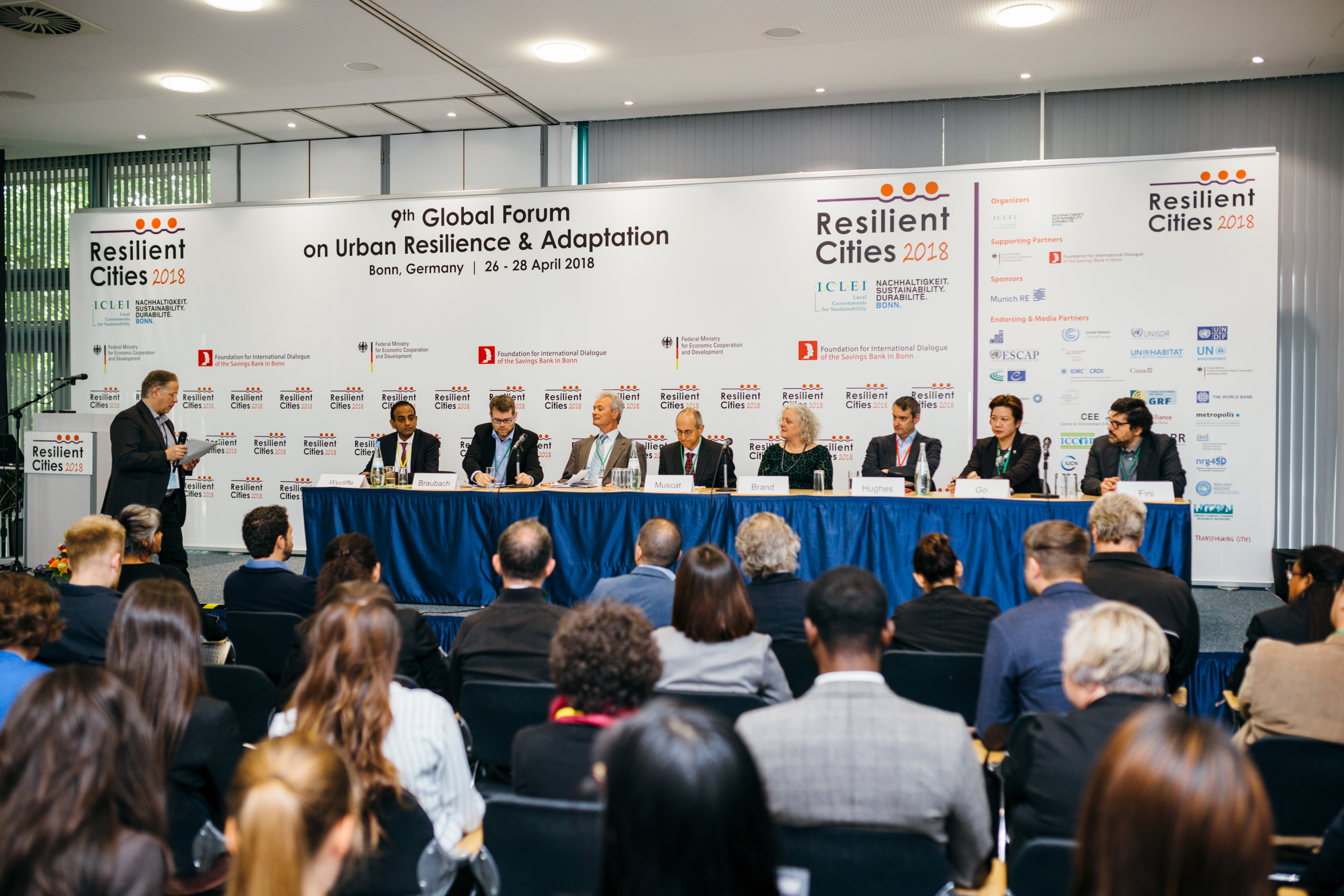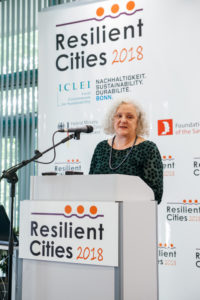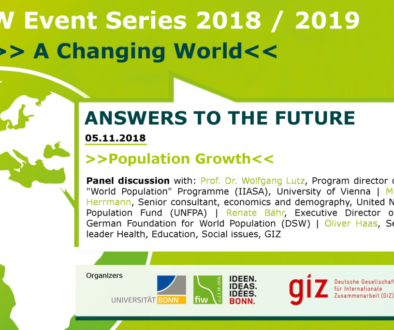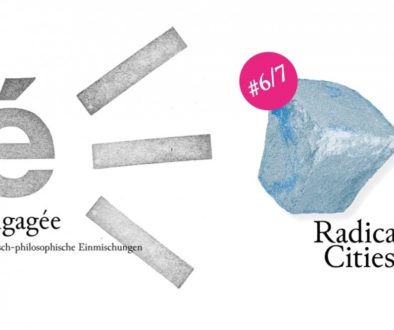Driving Transformative Climate Change Adaptation in Cities Through Nature-based Solutions
Resilient Cities 2018 – ICLEI Global
Driving Transformative Climate Change Adaptation in Cities Through Nature-based Solutions

Driving Transformative Climate Change Adaptation in Cities Through Nature-based Solutions is published as part of the Resilient Cities 2018 – The Global Forum on Urban Resilience series and elaborates on Nature-based Solutions (NBS), their multiple benefits for urban resilience and adaptation to climate change, transforming urban spaces and planning processes in the interests of more livable and resilient cities, and the supportive framework conditions for implementing and mainstreaming NBS needed, as discussed by Joshua Wycliffe (Local Government, Housing and Environment, Fiji), Marie Angelique (City Government of Zamboanga, Philippines), Giovanni Fini (City of Bologna; EU Urban Agenda Partnership on Land-use and Nature-based solutions), Kobie Brand (ICLEI Cities Biodiversity Center; ICLEI Africa), Jonathan Hughes (Global Councillor 2016-2020 of IUCN), Matthias Braubach (WHO, European Centre for Environment and Health), Christos Fragakis (DG Research and Innovation) and Gerry Muscat (European Investment Bank).
Nature & Cities
Due to formerly disintegrating conserving nature and forwarding innovation and urbanization, current urban growth pattern threatens human livelihood and nature with its adverse effects. The speed, scale and force of the urbanization surge on its current pathway alone will bring us to the brink of exceeding the 1.5° C scenario. Cities crucial position at the interface between human and nature becomes central in UN’s Agenda 2030 Sustainable Development Goal (SDG) 15.
SDG 15: Life on Land

(Picture: UN, Sustainable Development Knowledge Platform)
However, a change from early response and coping driven reaction to turning the need of climate change adaptation into transforming urban areas, changing our whole pattern of production and consumption into meeting UN’s SDG in bound of our one planet earth is taking place.

[C]onquer space from our cities for nature.
– Prof. Zhang Xinsheng, Global Chairman, Eco-Forum
Nature-based Solutions
One solution to reconcile nature conservation and cities, i.e. urban growth, emerged 2011 in Bonn at the first European Conference on Biodiversity and Climate Change (ECBCC): Nature-based Solutions (NBS).
NBS could be described as tacking nature and bringing it back right into the city as a “means of transport/ vessel” for economic growth, a population health & well-being intervention, and instigator to break down silos and encourage design fusion. Leveraging on economic competition between cities and regions, investment interests can be turned into catalysts for realizing NBS as climate change solutions.
An example from small islands and island states which are highly vulnerable to climate change, causing waves to become more powerful and coral reefs and coast lines to erode, is the integration of NBS into tourism motivated development and building projects (eco-based tourism), to enhance resilience. During COP23, I had the chance to talk to Tara Massoudi, Head of Business Development of CCell, and get some information on their approach, delivering on three value propositions: 1. coastal protection, 2. tourist attraction and 3. renewable energy generation. You can read on their wave energy harnessing solution on their website or have a look at my IG post:

(Asiedu Frimpong and I at COP23 at the CCell booth; Picture: JFKuhlmann.com)
Green and Urban
NBS has the potential to accomplish both climate change mitigation and adaptation, and sustaining biodiversity and the ecosystem – going green and urban.
Cross-sectoral benefits
Various other co-benefits of NBS are regulation of the climate, support of food security, attenuation of flooding, support of livelihoods and economic development, promotion of human well-being and health, and fighting urban sprawl, increasing density and applying a more efficient land use system to urban development.
Especially in terms of improved health and well-being, i.e. Quality of Live (QoL), NBS possesses co-benefits that technological solutions, f.i. excellently designed buildings, cannot provide at all or not as effective as those based on nature-oriented solutions. To actually capture NBS effects, however, public health needs to focus on measuring improvements of QoL instead of incidence of diseases, just as general practitioners currently transition from ICD (International Classification of Diseases) to ICF (International Classification of Functioning). As Matthias Braubach, Technical Officer at World Health Organization (WHO) European Centre for Environment and Health, Bonn, Germany, assures, potential benefits outweigh existing risks such as increasing rates of vector borne diseases imported by blue and green spaces in cities if properly accounted for. Mainstreaming NBS subsequently becomes a population health intervention in the realm of public health.
Mainstreaming NBS
Institutionalization
Mainstreaming NBS is based on three premises, first, institutionalizing NBS by means of horizontal integration across government sectors, including (urban) planning, infrastructure, environment protection, health and well-being, etc. needs to happen across all three tiers: national, regional and local. Especially the local level, where government is closest to the people, can help a-politicizing utilization of NBS and enable remote monitoring, which is a relevant topic for implementation and maintenance of NBS, for instance in Fiji with its 333 vastly spread out islands and mangrove areas.
Involving and integrating local actors also opens up the opportunity for inclusion and coordination between multiple and various private agencies e.g. fisheries, conservancy agencies, land owners/ developers. As a result, impactful partnerships between public and private entities can form. More information on how to facilitate this process can be accessed at Brokering New Partnerships & Stimulating Private Sector Engagement for Resilience, a part of the Resilient Cities 2018 blogpost series.
Open, shared and international information knowledge hub
Secondly, by means of open (geo-science) data sharing of performance, and collaboration and co-production with research, business and civil society, possibly even on an international level, efficient NBS’ can be developed and their cross-sectoral benefits measured, which is often not possible by means of currently available standard tools.
Measuring how functional ecosystems support urban communities’ resilience
Marie Angelique C. Go, Administrator of the City Government of Zamboanga, Philippines presented an example of Philippine cities struck by poverty and intensive mining, which locally aggravates climate change problems. A collaborative study was conducted to assess and reduce greenhouse gas production and garbage production. This led to mitigation of adverse effects of climate change, while also improving urban and community climate resilience in a sustainable way – resilient humans in resilient cities.
Expanding on the international character, Cities With Nature, which is going to be released at the upcoming ICLEI Montreal event, applies said approach and makes it possible to aggregate information on international case studies, develop a toolbox of standards and common practices for urban policies and urban planning, and makes them internationally accessible to build a business case around NBS.

Locally is where things happen and we need to support them.
– Kobie Brand, Director, ICLEI Cities Biodiversity Center; Regional Director, ICLEI Africa, Cape Town, South Africa
Become bankable
Thirdly, with a standardized integrated urban planning dimension, NBS become scalable and thereby attractive for banks such as the European Investment Bank. Being bankable enables the third and crucial step of achieving mainstreaming of NBS: emergence of new finance mechanisms – for and by nature.
Summary
Creating and mainstreaming a unified framework for design and implementation of disintegrated NBS enables a new and sustainable type of urban development, combining ecology, traditional urbanism and economy, to take place.
![]()
All images used in this post and all other posts within the Resilient Cities 2018 – The Global Forum on Urban Resilience series are property of ICLEI.



